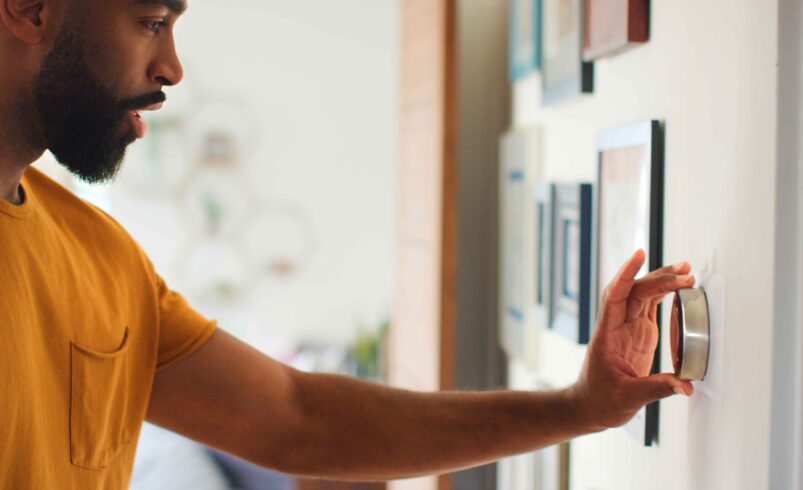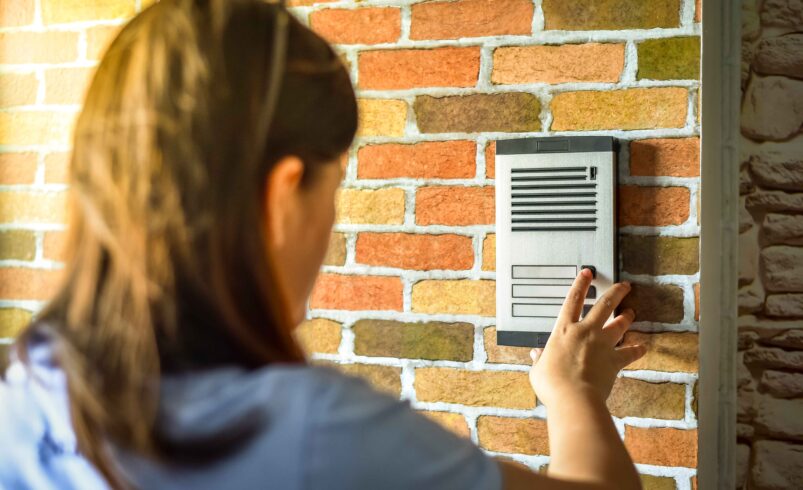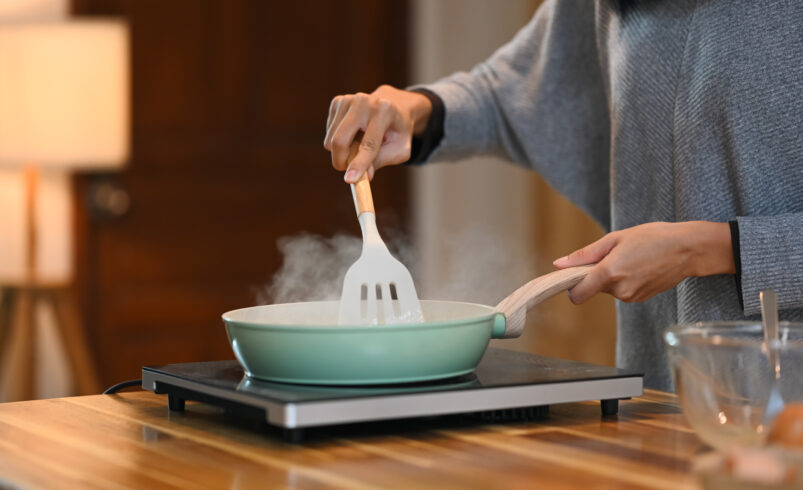Fixing a Smart Thermostat That Won’t Reach the Set Temperature
- June 27, 2025
- 0
🛠️ Introduction: When Comfort Falls Short Smart thermostats are built to provide efficient climate control with minimal effort. But when your home refuses to match your desired temperature,











